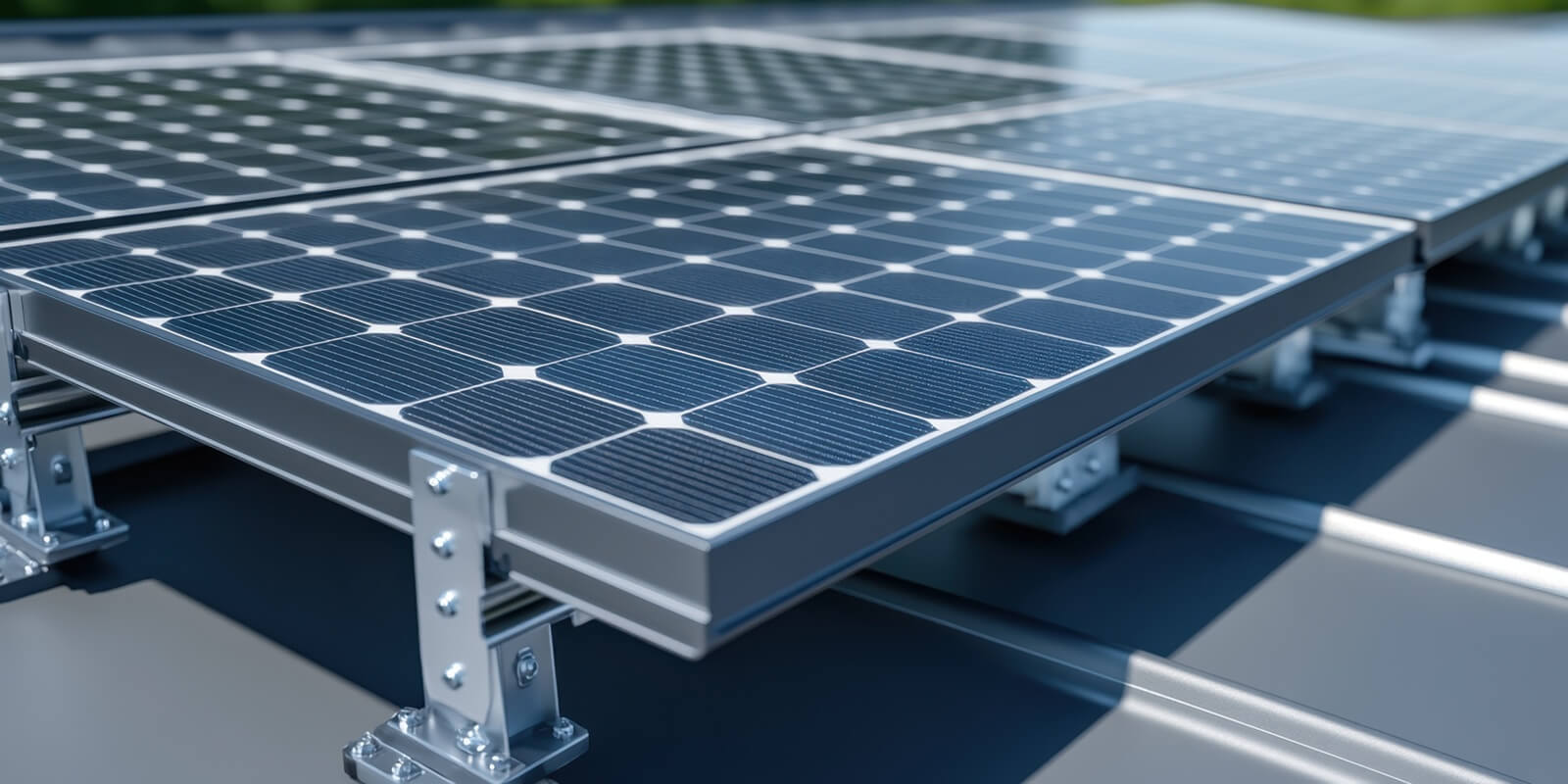Many Maryland residents have noticed rising energy costs, including supply and distribution charges, over the last few years. However, as many residents get electricity from the Southern Maryland Electric Cooperative (SMECO), a net metering policy may help reduce these costs. For residences equipped with eligible solar installations, SMECO offers a system where homeowners can offset their electric bills by selling sustainable power back to their provider.
However, this program may not be entirely clear to many homeowners, who could be leaving benefits on the table when they should be investing in lowering their monthly bills.
This article breaks down SMECO’s net metering policy, including how it works and what homeowners can expect to see on their bills.
What is Net Metering?

Homeowners and energy providers can enter into an agreement called net metering, in which the utility provider pays the homeowner for some of the electricity they generate. During daylight hours, many solar installations produce more power than the home technically needs, and that surplus can be sold to SMECO’s distributors in exchange for credits.
These credits are not directly cash-valued but can be used to offset the cost of the conventional electricity the home draws from the grid. They can also lower the remaining costs of conventional electricity, such as during stormy or cloudy days when the system can’t supply enough power.
The Maryland Public Service Commission regulates net metering to encourage greater coverage of renewable energy generation. Once installed, the net meter measures the amount of energy purchased from SMECO and the amount sold to SMECO, billing the residence for the difference. The meter does not measure the home’s total energy production or usage.
How Does Net Metering Benefit Solar Users?
Solar panels offset grid-based power usage on sunny days, when solar power generation is most efficient, but what about cloudy or stormy days? Net metering allows homeowners to convert excess electricity generation into credits that are carried forward through the utility company to use on days of low production. This means that summer power can be “saved” and used in the winter to mitigate high electricity bills.
Another essential benefit of net metering is that the utility company will reconcile any excess power generation from the previous year in April. This could provide homeowners with a continuous cycle of power generation and cost offsetting, provided the solar array is efficient and the home uses less power than it generates each year.
Around 9,000 net meters operate within Maryland to help homeowners lower their monthly costs and help utility providers meet sustainable energy standards.
What are the Eligibility Requirements?

While any homeowner with a solar installation can benefit from net metering, not all homes are eligible. The first requirement is that the house must be within SMECO’s service area and contain a sustainable energy installation, including solar, wind, or biomass.
Additionally, the system must be under 2 MW in size, which prevents home and business owners from installing oversized systems to generate excess profit. The purpose of net metering is to offset on-site usage, not provide a means of industrial solar credit generation.
To be considered for SMECO net metering, homeowners must complete a Net Metering Interconnection Application, submit proof of insurance, and receive final approval from SMECO inspectors. Before applying, homeowners should keep a few things in mind:
- Oversized systems will not receive larger reimbursements since SMECO credits are reimbursed at wholesale rather than retail. To avoid disqualification, homeowners should keep their system’s capacity within a reasonable range of their home’s energy requirements, up to 2 MW.
- Energy stored and used later, such as through a Tesla battery system, will not earn credits. A battery backup’s main benefit is having cheaply generated power in reserve for cloudy days or outages to avoid peak-time energy usage.
- Flat residential rates, not time-of-use or tiered rates, are used to calculate the value of the credits. This makes credit valuation more streamlined for homeowners since their credits will not change value throughout the day based on grid usage. However, this could change in the future.
Partner With Experienced Solar Installers to Make the Most of SMECO’s Benefits

SMECO net metering can benefit eligible homeowners, especially with Maryland’s other solar incentives. However, to successfully use net metering to reduce or eliminate electricity bills, homeowners must recognize how the process works and how to maintain eligibility, which can be challenging to do alone.
At Energy Select, we help homeowners match their home’s needs to the solar installation that makes the most sense for their situation. Contact our team today to learn how to save on your monthly electricity bills using SMECO’s net metering system and put your new solar energy array to work.


